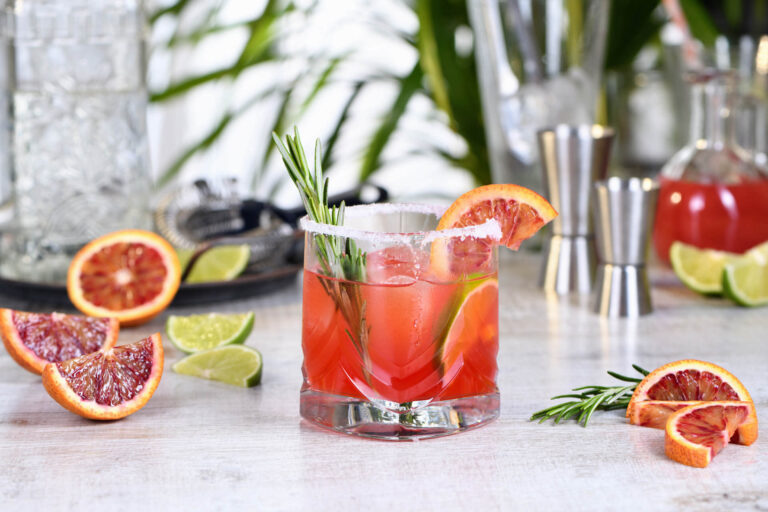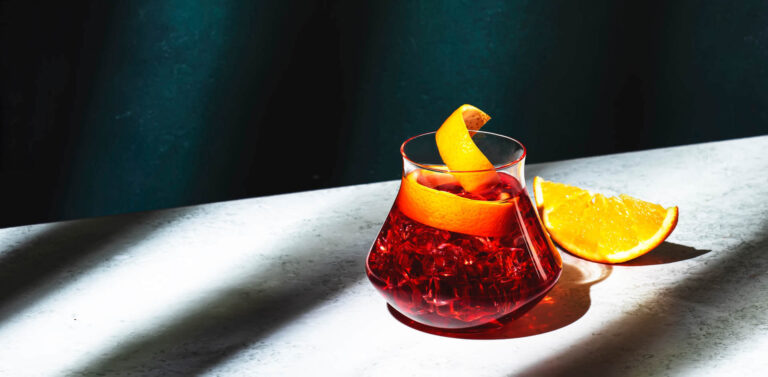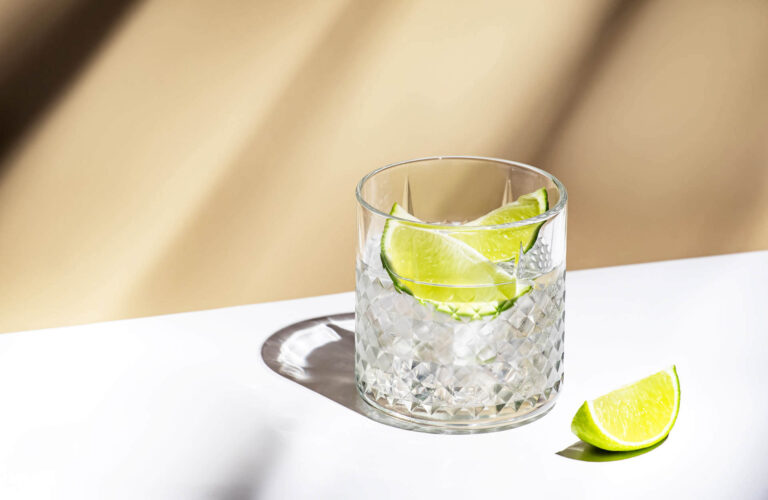This website uses cookies so that we can provide you with the best user experience possible. Cookie information is stored in your browser and performs functions such as recognising you when you return to our website and helping our team to understand which sections of the website you find most interesting and useful.
26/06/2024
US beverage alcohol market set for slow recovery after ‘reset year’
IWSR data shows that challenges related to inventory levels, squeezed disposable incomes and moderation are likely to continue, but the US will remain the key value driver among mature beverage alcohol markets in the years ahead
In what has been labelled as a ‘reset year’ for the industry, total beverage alcohol (TBA) volumes in the US declined by -3% in 2023. However, TBA value increased by +1% during 2023 – and the US is expected to be the key value growth driver among the world’s mature alcohol markets in the years ahead, adding more than US$7.5bn in incremental gains to 2028 – a similar figure to that of India.
The US beverage alcohol market faced a number of headwinds during 2023, including imbalanced inventories, economic pressures on consumers and an increased focus on health and moderation, according to new data and forecasts from IWSR. As a result, the alcohol industry saw declines in spirits sales – the first in nearly 30 years – as well as declines for wine and beer. RTDs recorded marginal volume growth, capping a period of strong gains. IWSR forecasts are predicting continued slow consumption declines in the years ahead, with an anticipated 2023-28 TBA volume CAGR fall of -1%.
“High inventory levels are expected to persist into 2024 and potentially beyond, with normalisation now not expected until 2025 or early 2026,” says Marten Lodewijks, President of the US Division at IWSR. “Consumer demand will have to increase in order to facilitate the movement of stock through the distribution chain.”
Between December 2019 and December 2023, TBA inventory levels surged, driven initially by heightened demand during the Covid-19 pandemic, and then by supply chain disruptions and stock planning challenges. In turn, this has led wholesalers and retailers to focus their efforts on stock cycling, with the aim of reducing inventories to trim their working capital as interest rates rose.
This inventory overstocking coincided with the end of pandemic stimulus measures, along with rising inflation, interest rates and credit card debt – all of which significantly reduced consumers’ disposable incomes.
“Ongoing economic challenges are likely to maintain pressure on consumer spending and market dynamics,” notes Richard Halstead, COO Consumer Research, IWSR. “As economic constraints have taken effect, IWSR’s Bevtrac consumer research shows that consumers have diverted spending from alcohol to household essentials – fuelling a marked decline in per capita alcohol consumption, which fell below pre-pandemic levels.”
The squeeze on disposable incomes has also magnified the importance of obtaining the optimal price-to-quality ratio for consumers. As a result, trading up has softened, and people have opted for more affordable choices over premium purchases.
At the same time, consumer behaviour in the US is shifting in a way unseen in previous generations. Younger LDA adults are increasingly prioritising health and wellness, moderating their consumption of alcohol or abstaining altogether.
While this is driving down alcohol consumption, it is also fuelling interest in certain segments, and particularly those aligned with moderation and wellness trends, such as no- and low-alcohol, low-sugar and low-calorie.
Other pockets of growth in the US include agave spirits and RTDs. Mexican lagers and Prosecco have maintained growth on the back of strong consumer loyalty.
IWSR’s analysis of the US beverage alcohol market also shows:
Premium beer segments drive growth
Beer’s long-term decline in the US continued in 2023 as volumes dropped by -3% on the year. IWSR forecasts predict a continuation of this trend, with volumes expected to fall at a CAGR of -2% between 2023 and 2028. Premium-and-above price segments remain the category’s main value driver.
“A range of factors has been driving this downward trajectory, including the fact that LDA+ Gen Z consumers are not entering the category as strongly as previous generations did,” says Adam Rogers, Research Director for North America, IWSR. “There has also been a continued migration from beer into newer categories such as RTDs, not to mention increased moderation in general.”
Spirits decline, but agave remains a plus
The -2% volume decline recorded by spirits in 2023 was the first fall in the US for almost 30 years, and IWSR is only forecasting slow growth in the years ahead, with a predicted CAGR of +1% between 2023 and 2028.
Tequila will be the main generator of value gains over that timescale – driven by premium-and-above expressions. Agave spirits recorded a +4% volume increase during 2023, capping a period of double-digit growth, and the segment is expected to continue to expand at a CAGR of +6% to 2028.
Softer market conditions impacted US whiskey, which registered a -1% volume decline in 2023, but growth is expected to return, with a 2023-28 volume CAGR of +2% as Rye and Bourbon continue to enjoy strong demand.
Thanks to its scale, the US market will remain a key destination for malt Scotch, but the segment is facing a much tougher trading environment now, with consumers more cost-conscious and increased competition from US whiskey in particular. Malt Scotch volumes declined by -12% in 2023, and relatively flat growth is expected to 2028.
Cognac also endured a difficult 2023 as volumes dropped by -17%, and the segment is predicted to be relatively flat over the next few years after being strongly impacted by overstocking. “The latest US Cognac shipment data indicates that inventories are starting to unwind,” says Halstead. “Meanwhile, IWSR’s most recent Bevtrac consumer data shows that the US Cognac consumer profile is reverting to its pre-pandemic state, rebalancing towards higher-income individuals.”
Wine difficulties brightened by Prosecco
Wine’s structural decline in the US continued in 2023, and even the previously buoyant sparkling segment fell back. Overall wine volumes were down -4% on the year, with still wine falling -4% and sparkling shrinking by -3%.
More moderate declines are expected for the years ahead, with IWSR forecasts indicating a -1% CAGR decline for all wine between 2023 and 2028; this is driven by still wine, while sparkling wine is predicted to return to growth.
“Prosecco remains a bright spot within the wine industry through its affordability, as well as offering the opportunity to trade up to more premium expressions,” says Rogers. “The segment also benefits from its use in the trending spritz cocktail.
“Low-alcohol wines with ‘better for you’ attributes continue to enter the market, gaining traction and consumer interest. From a varietal perspective, Sauvignon Blanc brands are performing the strongest currently, thanks to their refreshment and food pairing attributes.”
Hard tea is a key driver for RTDs, alongside FABs and cocktails/long drinks
RTD growth moderated during 2023 as volumes edged up by +1%, but IWSR forecasts predict solid gains in the years ahead, with a 2023-28 CAGR of +3%.
Meanwhile, hard tea is experiencing significant growth as a number of new brand entries look to gain share and premiumise the segment. Cocktails/long drinks and FABs are also in growth.
No-alcohol continues to outperform
Most no-alcohol segments outstripped their parent categories in the US in 2023, with no-alcohol beer a key growth driver and no-alcohol spirits gaining traction in what is their third-largest global market. No-alcohol beer volumes increased by +19%, while no-alcohol spirits surged by +38% off a smaller base. Both are expected to register strong double-digit growth to 2028, with no-alcohol wine making smaller but still robust gains.
“The no-alcohol drinker population has grown significantly in several markets around the world, including the US – where it is rising from a very low base,” observes Halstead. According to IWSR Bevtrac consumer data, the proportion of drinkers consuming no-alcohol products in the US doubled from 6% in late 2023 to 13% in early 2024.
The above analysis reflects IWSR data from the 2024 data release. For more in-depth data and current analysis, please get in touch.
CATEGORY: All | MARKET: North America | TREND: All |





